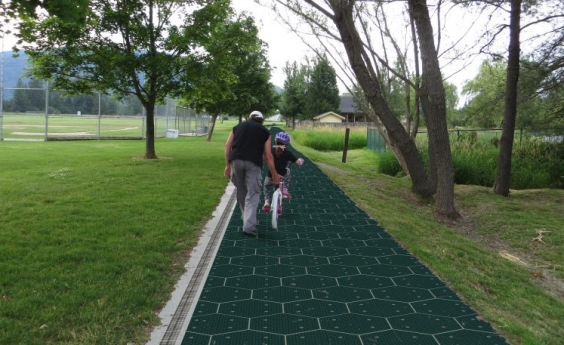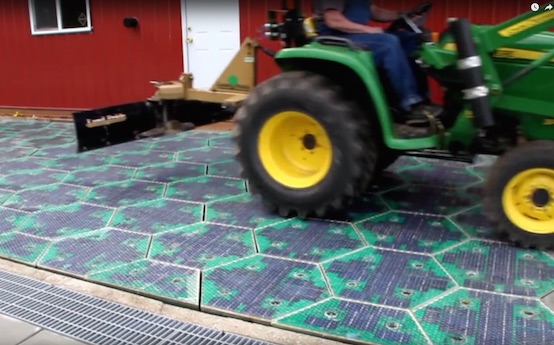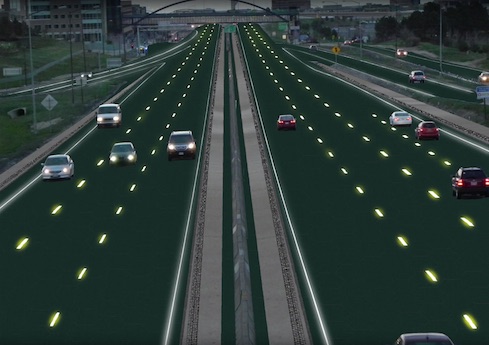Charging times and battery range may not be an issue for electric motorcycles and cars with researchers looking at turning roads into electricity generators.
The US government is funding research into kinetic roads that harvest movement to make electricity and now installing solar panels on roads is being considered.
Both systems would generate electricity for the grid, but also have the capacity to transfer charge to electric vehicles by conduction as they ride over the top of them.
Dr Peter Harrop, Chairman, IDTechEx, an independent research facility says moving parts in the American kinetic roads experiment could be “potentially troublesome” and not commercial.
However, he says in his report, High Power Energy Harvesting 2016-2026 that solar roads may be more valid.
Installing photovoltaics (solar panels) may seem expensive, slippery and fragile, but US start-up Solar Roadways claims their modular system has a grippy surface equivalent to asphalt, can be driven on by trucks and will pay for itself by generating electricity and reduced need for pothole maintenance.
Solar Roadways has completed two funding contracts with the US Department of Transportation, and was awarded a third contract in November 2015.
They have now sought crowd funding through an Indiegogo Campaign.
“Our goal is to modernise the infrastructure with modular, intelligent panels, while producing clean renewable energy for homes and businesses. We’ll be able to charge electric vehicles with clean energy from the sun, first on our solar parking lots and when we have enough highway infrastructure, while driving”.
Other uses and advantages of Solar Roadways include solar lighting for permanent lane marking and motion detection of hazards such as animals, people, rock slides and other hazards.
Solar roads are not new.
In 2014, a 70km stretch of bike path in Amsterdam had solar panels installed at a cost of €3m (A$4.6m, US$3.6m). It’s not exactly efficient, though.
This year it is believed it will only produce enough power to run three households when it is extended to 100m.

However, the technology is only in its infancy and researchers believe it could become cheaper, more resilient and more efficient.
The French plan to pave 1000km of road with solar panels in the next five years, supplying electricity to 5 million people which is about 8% of the country’s population.
Apart from supplying electricity to the grid and charging electric vehicles as they ride over them, the panels may also be used to heat roads in cold countries to melt snow and ice.
It may all sound like futuristic nonsense, but the level of government funding and research shows that electric vehicles will soon be mainstream.







